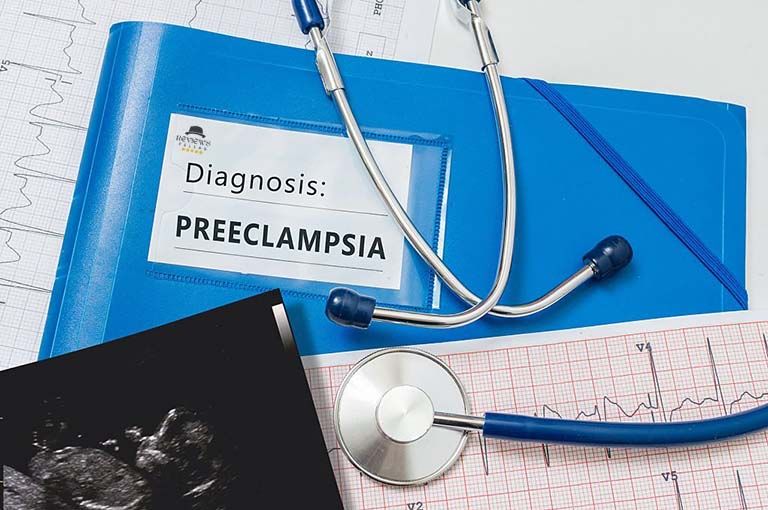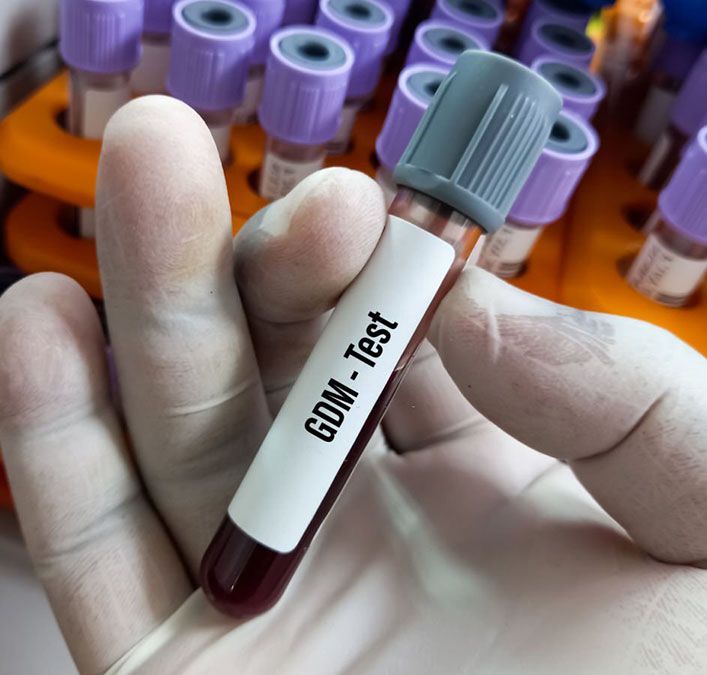This article is reviewed, corrected, and approved by: Dr. Joshua Collins M.D. | MRCP। FRCP
During pregnancy, a woman may develop gestational diabetes (GDM). This means that women’s body has trouble using insulin, a hormone that helps manage sugar in the blood. As a result, her blood sugar levels may become too high.
This illness can endanger both the mother and the unborn child, making it essential to manage it effectively through proper medical care and maintaining a routine lifestyle.
What Gestational Diabetes?
Many bodily changes can happen when women are pregnant. A woman suffering from GDM passes her pregnancy period due to high glucose levels in her blood. It a commonly seen in women and generally second or third trimester of pregnancy.
Mostly time 40 years old age women and individuals with obesity mostly suffer from this. Gestational diabetes can affect women of all ages, not just limited to a specific age group.
Science Behind Gestational Diabetes
While the precise root cause of Gestational Diabetes Mellitus (GDM) is unclear, experts believe it is closely associated with hormonal fluctuations during pregnancy. These hormonal changes can trigger insulin resistance in the body, which causes an increase in blood glucose levels.
Gestational Diabetes Vs Other Types of Diabetes
Here are some key differences between gestational diabetes and other types of diabetes:
What Problems Can Occur From Gestational Diabetes?

Both mothers and babies can suffer complications from GDM. These complications can include:
Large baby
Babies born to mothers with GDM are often large for their gestational age. This can disrupt delivery and raise the possibility of birth trauma.
Preeclampsia
Pregnant women with preeclampsia face hazards such as high blood pressure, proteinuria, and edema, which can jeopardize the well-being of both the mother and baby.
Jaundice
GDM babies have a higher risk of jaundice due to elevated bilirubin levels from the breakdown of old red blood cells, causing yellowing of the skin and eyes.
Delayed development
Babies born to GDM mothers are at a higher risk of slowed growth. This can include delays in reaching developmental milestones, such as walking and talking.
Diagnosis of Gestational Diabetes

To diagnose GDM, a glucose tolerance test is typically conducted in the second or third trimester of pregnancy. This test requires fasting for a minimum of 8 hours, followed by the consumption of a sugary drink. Blood samples are collected before and after the drink to assess the body's ability to process glucose.
Most women with GDM can effectively manage their condition, and their blood sugar levels return to normal after giving birth. GDM, on the other hand, increases the risk of getting type II diabetes at some point in life. As a result, it is crucial for women who have had gd signs of having routine diabetes testing in the years after pregnancy.
Gestational Diabetes Self-care
Healthy Eating for Gestational Diabetes

To manage gestational diabetes and ensure the health of both mother and child, it is crucial to maintain a healthy and balanced diet. Here are some key principles to follow:
- Emphasize whole foods: Your meals should include fruits, healthy protein, vegetables, whole grains, and healthy fats.
- Prioritize complex carbohydrates: Opt for high-fiber options like whole grains, legumes, and vegetables, as they have a gentler impact on blood sugar levels.
- Include lean proteins: Choose poultry, fish, tofu, beans, and low-fat dairy products to promote satiety and maintain stable blood sugar levels.
- Moderate healthy fats: To reap the nutritional benefits of avocados, nuts, seeds, and olive oil, consume them in moderation.
- Practice portion control: To control blood sugar levels of ICD-10 gestational diabetes, avoid overeating, and pay attention to portion sizes.
Gestational diabetes self-care meal planning and timing
- Divided your meal time: To prevent blood sugar spikes, eat smaller, more frequent meals during the day.
- Consistent carbohydrate intake: Aim for consistent amounts of carbohydrates at each meal and consult a registered dietitian for personalized recommendations.
- Consider glycemic index: Choose carbohydrates with a lower glycemic index/load. To lessen their impact on blood sugar levels, choose whole grains and non-starchy vegetables as part of your diet.
- Gestational diabetes snacks: To maintain steady energy levels and prevent blood sugar fluctuations, opt for snacks that contain a combination of carbohydrates and protein or healthy fats.
Tips for healthy eating with gestational diabetes self-care

- Limit sugary and processed foods: Avoid sugary beverages, desserts, candies, and processed snacks, as they can cause sharp spikes in blood sugar levels.
- Stay hydrated: Keep your blood sugar levels in check by drinking water or fluids throughout the day.
- Include fiber-rich foods: As a source of fiber, fruits, vegetables, whole grains, and legumes are useful for regulating blood sugar levels and promoting digestion.
- Opt for healthy cooking methods: Choose baking, grilling, steaming, or sautéing instead of frying to reduce added fats and oil.
- Read food labels: Check for hidden sources of added sugars and make informed choices.
Preeclampsia vs Gestational diabetes
Both preeclampsia and gestational diabetes are medical conditions that can arise during pregnancy. Here are some differences between gestational diabetes and preeclampsia-
FAQs
Q: What to eat before a gestational diabetes test?
Ans: The physician will determine whether the test will be fasting or non-fasting.
Q: Is falling asleep after eating a sign of diabetes?
Ans: No, falling asleep after eating is not a specific sign of diabetes. Fatigue after a meal is normal, along with other symptoms like suddenly excessive thirst, frequent urination, and sudden weight loss, which could be a sign of diabetes.
Q: Which is a characteristic of gestational diabetes?
Ans: The common characteristics of gestational diabetes are high blood sugar, insulin resistance, and risk of developing type 2 diabetes.
Conclusion
Taking care of GDM is crucial for the health of both the mother and the baby. This involves making changes to the mother's diet, like reducing the amount of carbs and getting more exercise. Sometimes medicine or insulin injections are needed to help control the amount of sugar in the blood.


